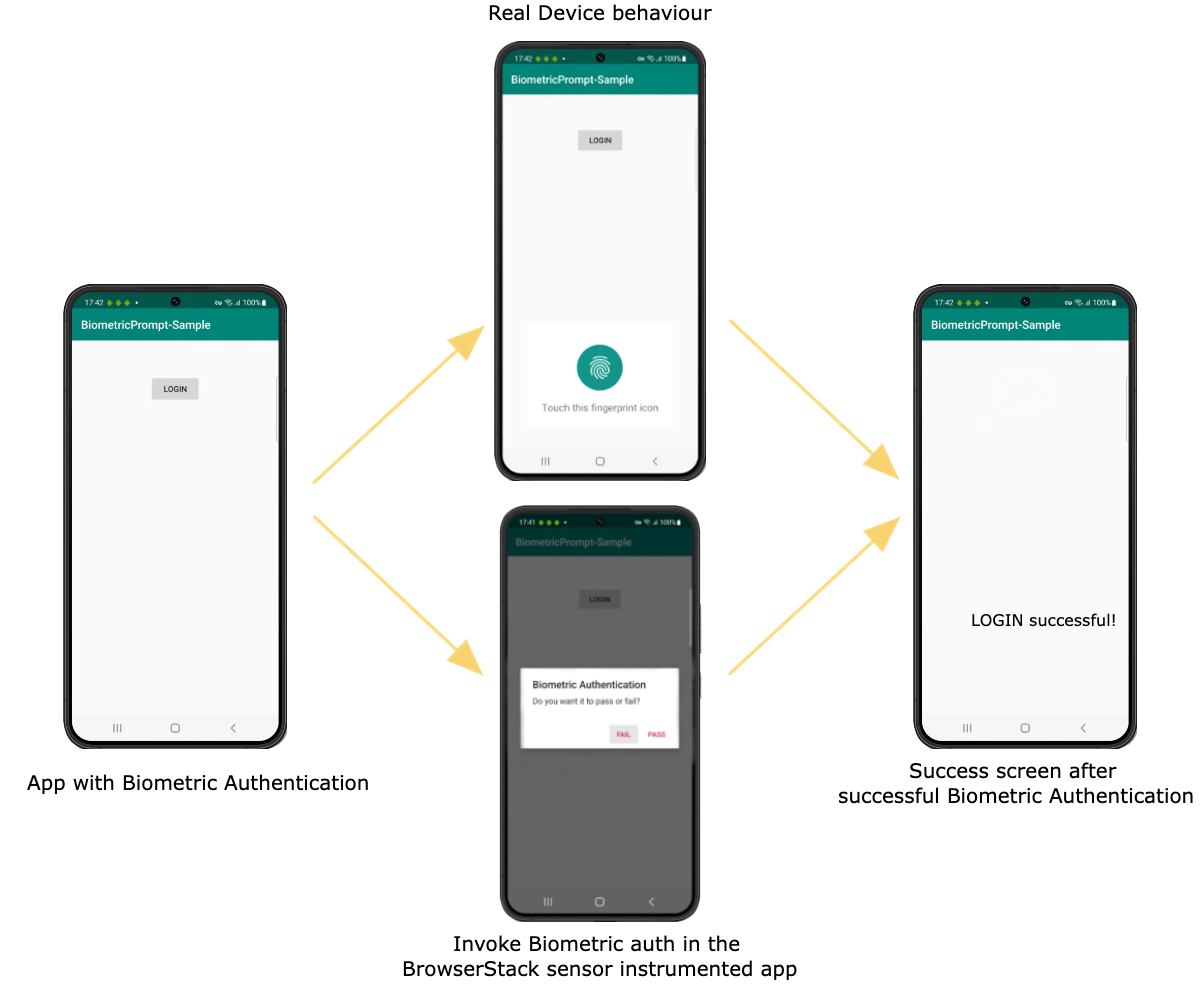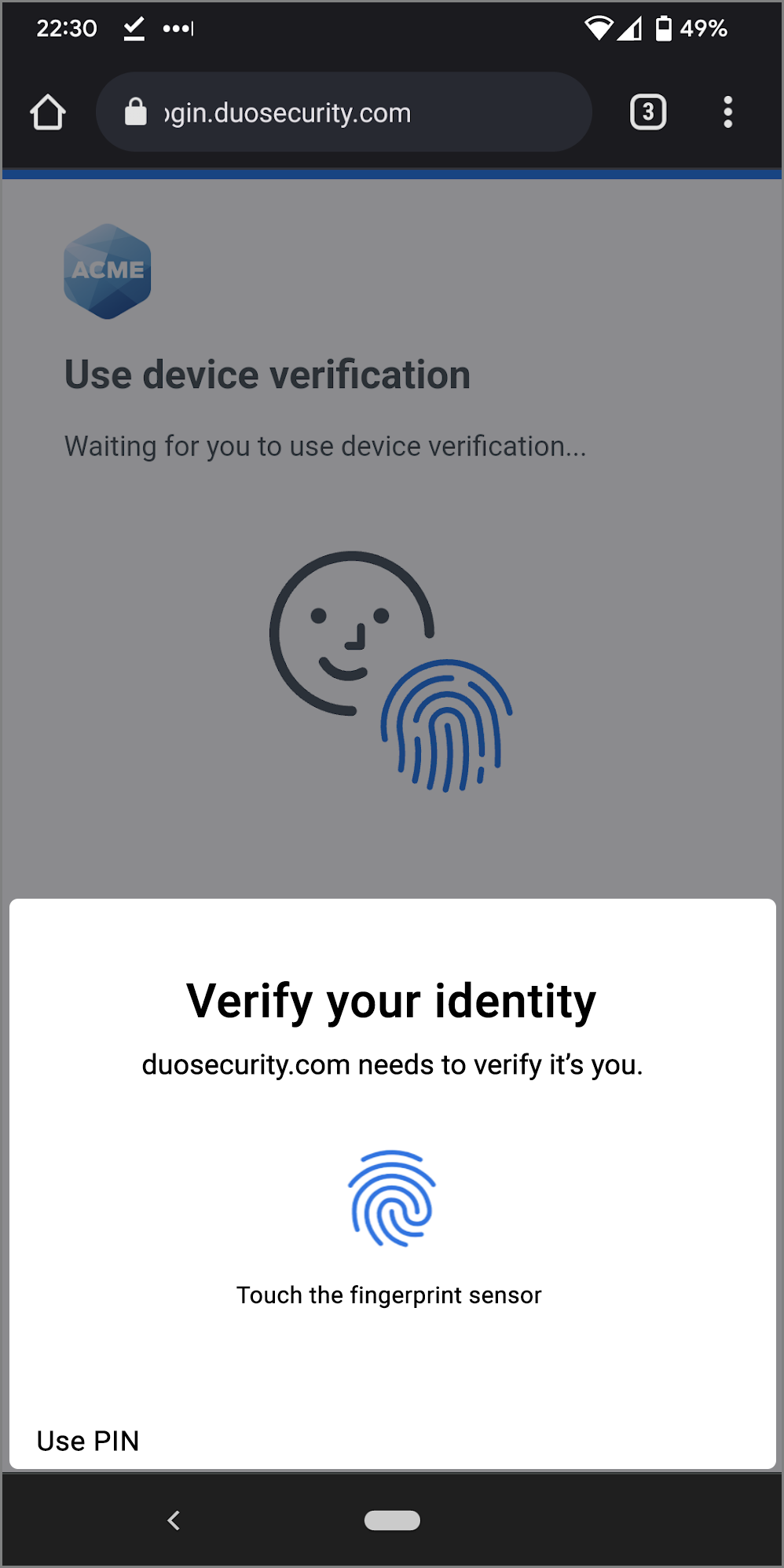To add biometric phone verification to an iOS app, you can use the iOS Local Authentication framework and the BiometricKit framework. These allow you to integrate Touch ID or Face ID for secure authentication within your app.
Integrating biometric phone verification into your iOS app offers added security and convenience for users. By leveraging the iOS Local Authentication framework and the BiometricKit framework, you can enable seamless authentication using Touch ID or Face ID, enhancing user experience while ensuring the security of sensitive data.
In this guide, we’ll explore the step-by-step process of adding biometric phone verification to your iOS app, empowering you to implement this sought-after feature effectively. Let’s dive into the process of integrating biometric authentication to elevate your app’s security and user experience.
Understanding Biometric Technology
| Understanding Biometric Technology |
|---|
|
Biometric authentication is an advanced technology that utilizes unique physical or behavioral characteristics of individuals to verify their identity. Through a process of capturing and analyzing these unique traits, a high level of security is achieved, ensuring the accurate identification of users. Common biometric technologies that are widely used include fingerprint recognition, facial recognition, and iris scanning. Fingerprint recognition is by far the most popular form of biometric authentication due to its simplicity and widespread adoption. It scans the patterns of ridges and valleys on a person’s fingers, which are unique to each individual. Facial recognition technology analyzes various features of a person’s face, such as the distance between the eyes, nose, and mouth, to create a unique biometric template. This technology has gained popularity in recent years and is commonly found in smartphones and security systems. Iris scanning technology, on the other hand, examines the intricate patterns within the iris of the eye to establish a person’s identity. It offers a high level of accuracy and is often used in high-security environments. Integrating biometric phone verification into an iOS app can provide an added layer of security, preventing unauthorized access and ensuring that only authorized users can utilize the app’s features. |

Credit: www.browserstack.com
Integration With Ios App
| Integration with iOS App |
| Utilizing Biometric APIs |
| Compatibility and Limitations |
Integrating biometric phone verification into an iOS app is crucial. Biometric APIs offer seamless authentication for users.
iOS devices with Touch ID or Face ID compatibility can utilize these features. However, some older models may have limitations.
Security Considerations
Ensure biometric data is encrypted adequately to protect user privacy. Implement additional security layers to prevent unauthorized access. Regularly update security measures to stay ahead of potential threats.
Inform users about the biometric verification process and how their data will be used. Obtain explicit consent from users before utilizing biometric data. Comply with data protection regulations to avoid legal issues.

Credit: www.nytimes.com
User Experience Improvement
Adding biometric phone verification to an iOS app can greatly improve the user experience. With a seamless authentication process, users can enjoy a hassle-free login experience, eliminating the need for remembering complex passwords. By incorporating biometric technology, such as fingerprint or face recognition, app developers can ensure a quick and secure verification process.
This enhancement in user experience also contributes to building user trust. With a seamless authentication process, users feel more confident in the security measures implemented in the app. Biometric verification provides an additional layer of protection, giving users peace of mind that their personal information is secure.
Development Best Practices
When implementing biometric phone verification into an iOS app, it’s crucial to focus on development best practices.
Firstly, the code implementation should prioritize security and efficiency. It’s essential to use appropriate libraries and follow iOS guidelines.
Testing the implementation thoroughly is vital. This includes verifying the verification process with various biometric data and ensuring error handling for different scenarios.
Challenges And Solutions
Common Implementation Challenges: Integrating biometric phone verification into an iOS app can present several challenges. Compatibility issues with older device models and security vulnerabilities are common hurdles developers face.
Effective Problem-solving Strategies: To address these challenges, developers can utilize advanced security protocols and implement thorough testing procedures to ensure optimal functionality on various device models.
Future Of Biometric Phone Verification
Discover the future of biometric phone verification by integrating it seamlessly into your iOS app. Enhance user security and experience through cutting-edge technology for seamless authentication. Stay ahead of the curve with advanced biometric verification on your iOS application.
| Future of Biometric Phone Verification |
|---|
| The field of biometric technology has seen significant advancements in recent years, shaping the future of phone verification systems. In iOS development, the integration of biometric authentication methods presents new opportunities for enhanced security and user experience. The incorporation of fingerprint scanning and facial recognition provides a seamless and convenient way for users to verify their identities. These developments have made biometric phone verification more secure and reliable, reducing the reliance on traditional password-based systems. By utilizing biometric data, iOS apps can bolster their security measures while offering users a faster and more user-friendly authentication process. The potential applications of biometrics in iOS development are vast, extending beyond mere phone verification to areas such as secure payments, access control, and data protection. As biometric technology continues to advance, its integration into iOS apps will become increasingly prevalent, revolutionizing the way users interact with their devices. |

Credit: guide.duo.com
Conclusion
To conclude, integrating biometric phone verification into an iOS app provides an added layer of security and convenience for users. By implementing this feature, app developers can ensure the authentication process is more reliable and efficient, reducing the risk of unauthorized access.
With the increasing reliance on smartphones and the need for secure transactions, incorporating biometric verification is a wise step towards enhancing user trust and loyalty. So, don’t wait any longer, follow the steps mentioned in this blog post and enhance the security of your iOS app with biometric phone verification.